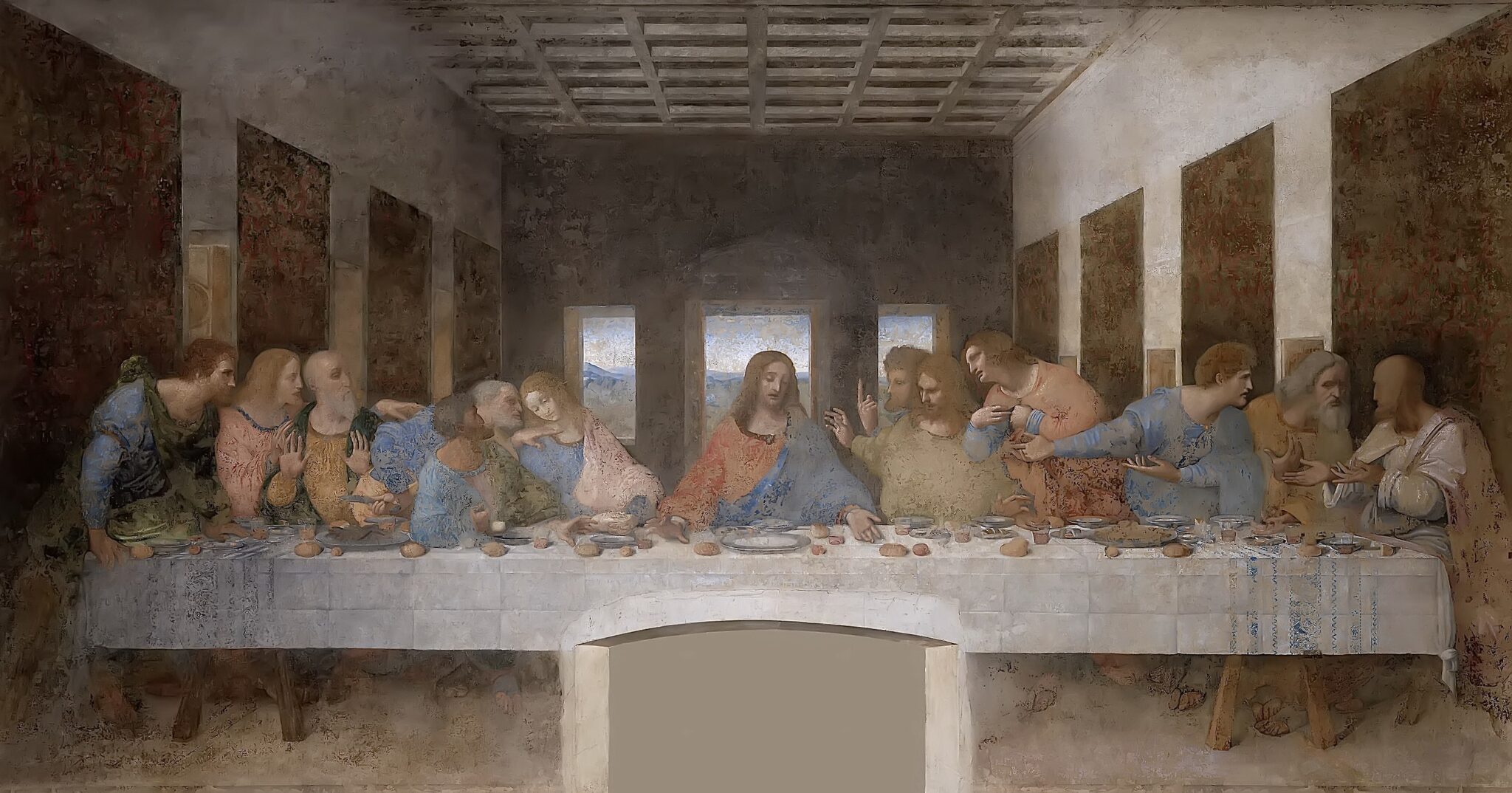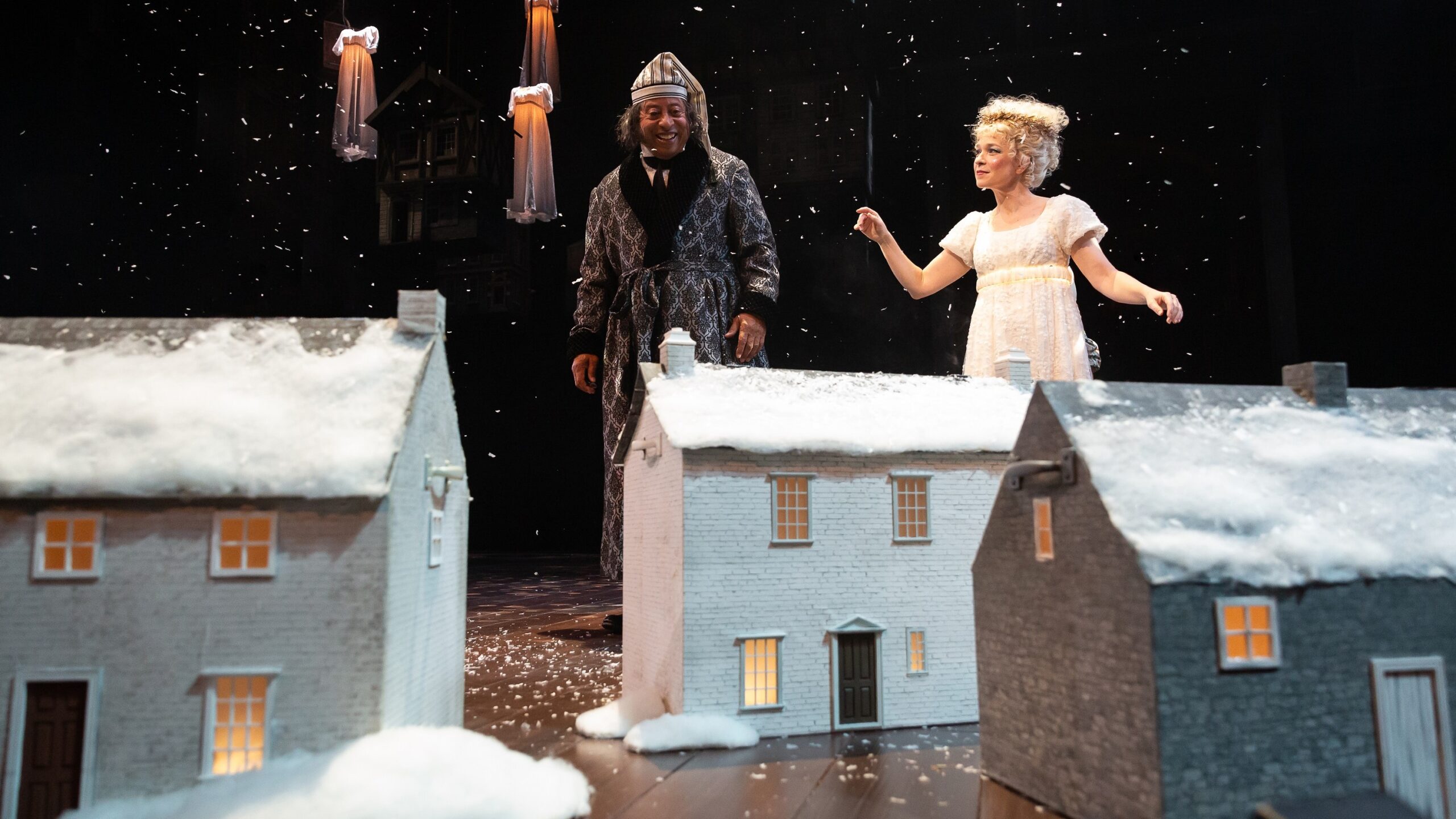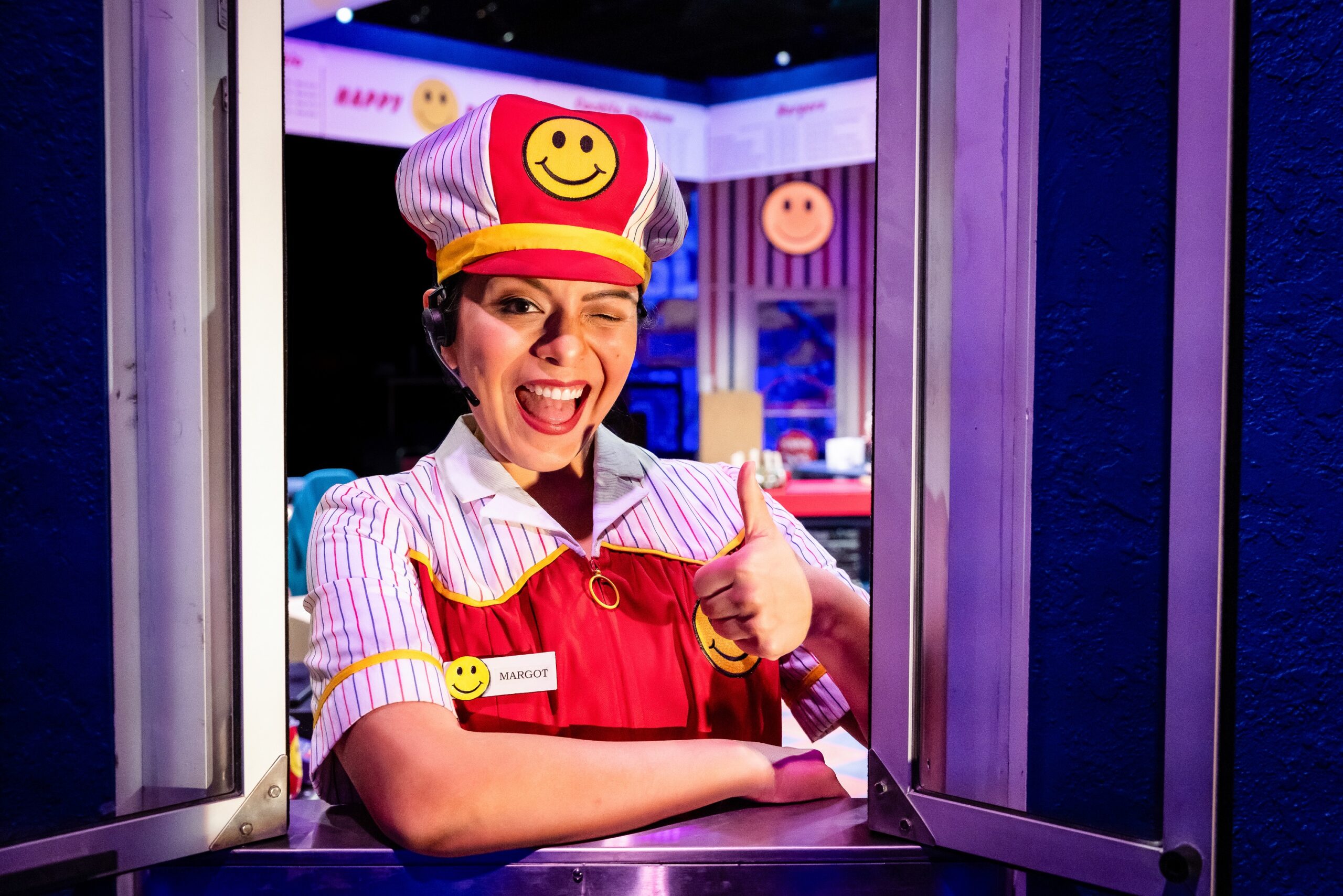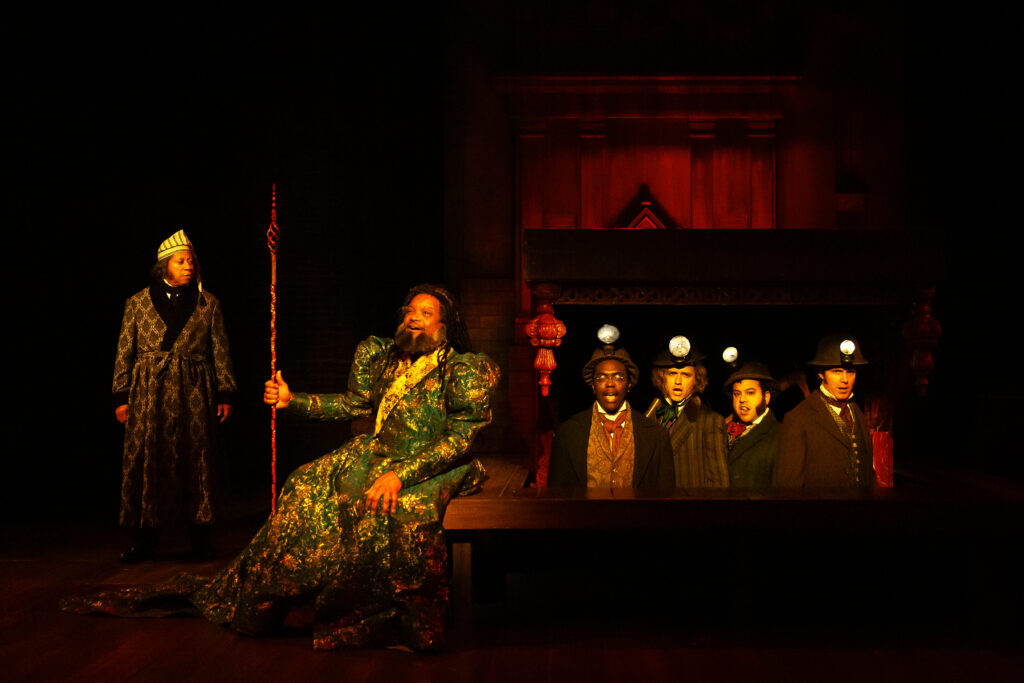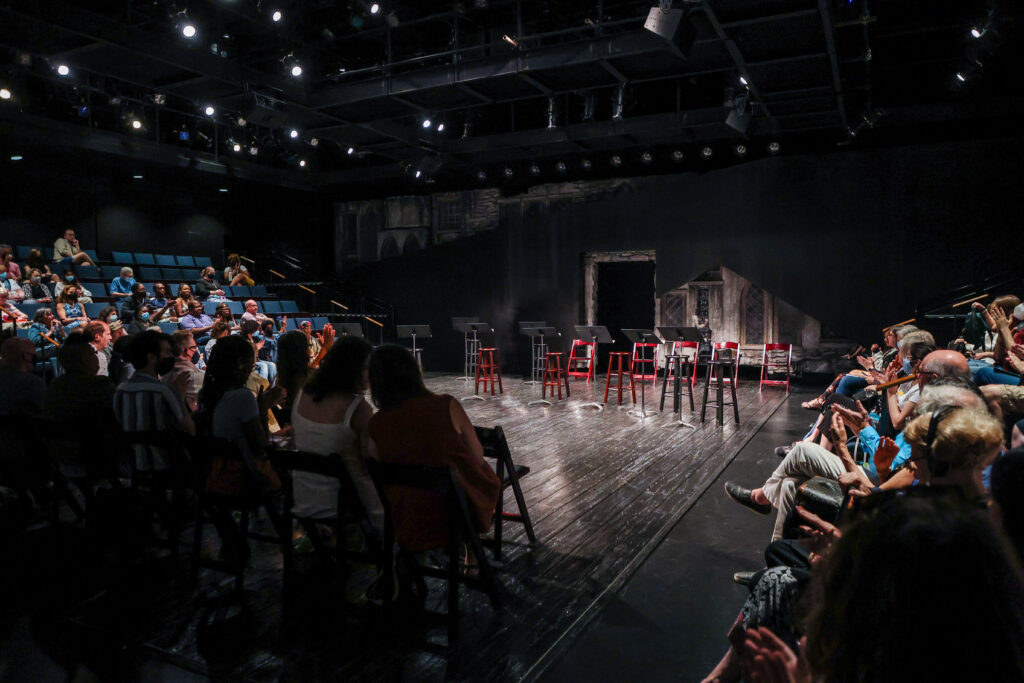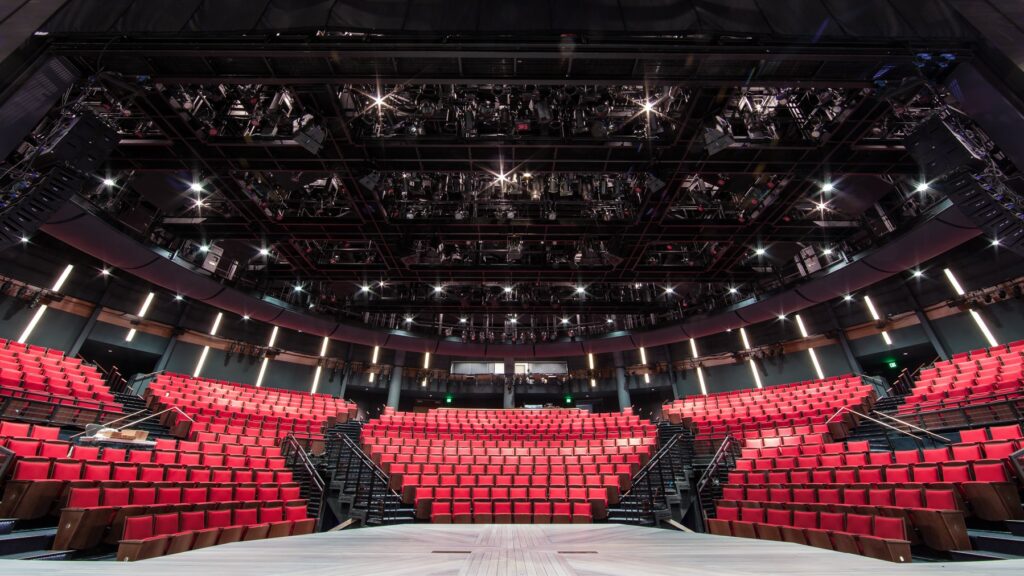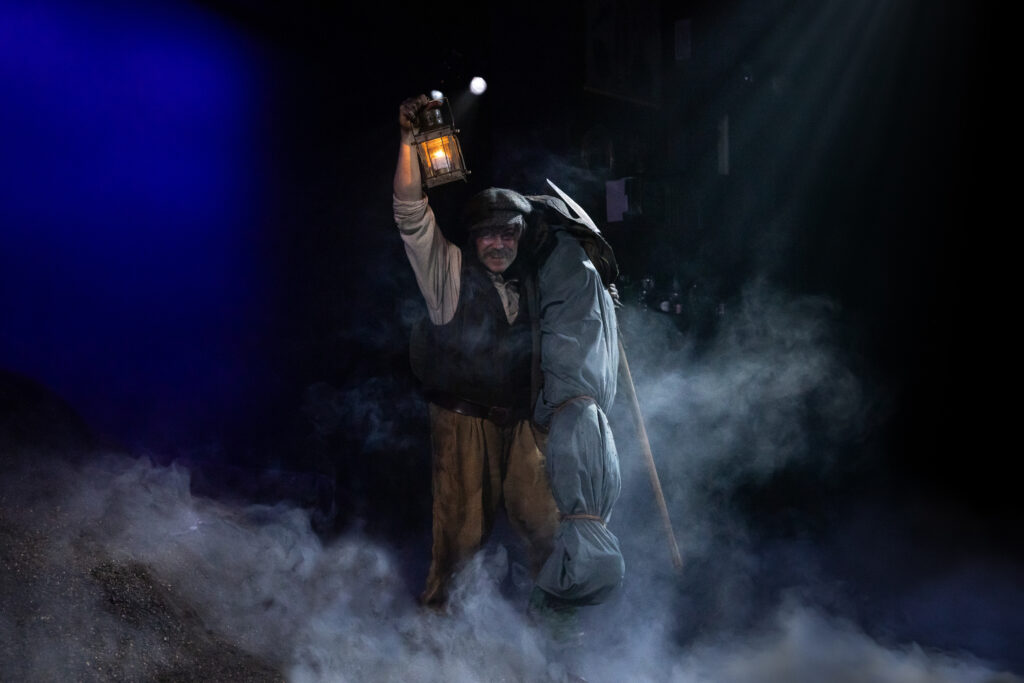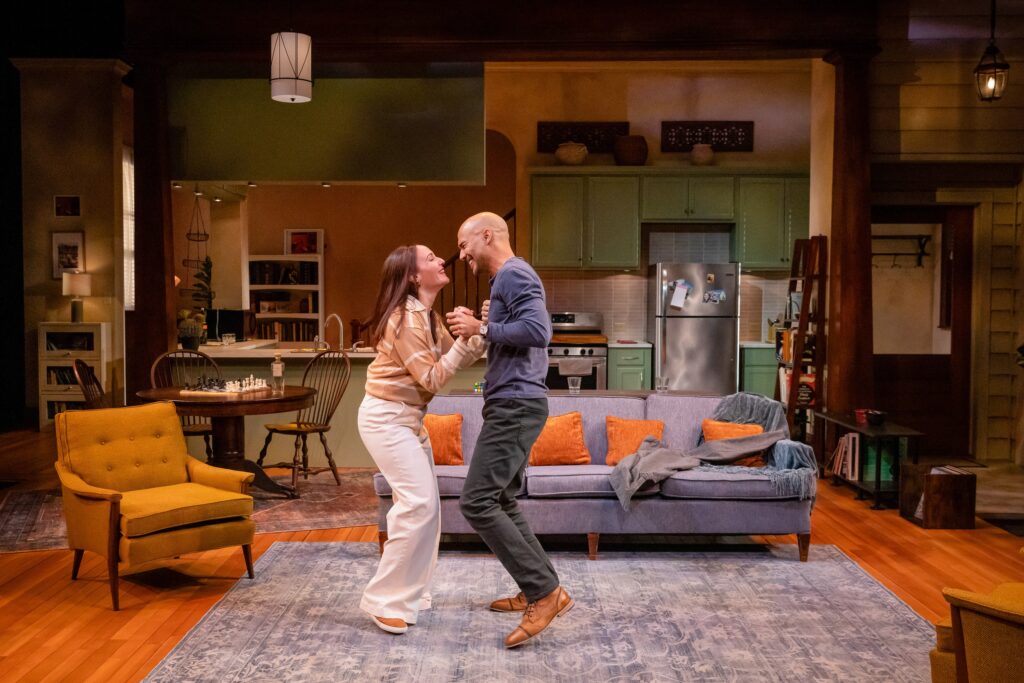With over 80 million copies sold since its release in 2003, Dan Brown’s captivating thriller The Da Vinci Code is one of the best-selling books of all time.
The book captured the world’s attention so strongly in part because it spins a new and gripping tale out of real pieces of our world: famous art, iconic architecture, and real secretive organizations. This intoxicating mix of fact and fiction, history and mystery, struck a cultural nerve. Because of this, the novel immediately sparked a flood of responses: think-pieces, documentaries, and entire books trying to unpack its claims, challenge its conclusions, and dive deeper into the world it suggests. The Da Vinci Code, one can be certain, has an unparalleled power to awaken curiosity, spark debate, and make readers question the familiar. We are inevitably left asking ourselves: what if some of this isn’t just a story?
So, in this spirit, let’s take a deep dive into some of the fascinating history behind The Da Vinci Code and determine what of it is fact, and what is fiction.
The Real Priory of Sion
In the story, the Priory of Sion is an ancient top secret order responsible for keeping the truth about the nature and location of the Holy Grail hidden for centuries.
The Priory was, in fact, a real organization, but it wasn’t nearly as exciting as it is in the book. It was actually just a fraternity. The rest of the description of the Priory given in The Da Vinci Code was based on an elaborate hoax (complete with fake ancient documents) fabricated by a man named Pierre Plantard in the 1950s. Plantard was investigated by the police in the 1960s and, although it would have been groundbreaking, none of his stories about the history of the Priory held true.
The Real Opus Dei
Opus Dei, which in The Da Vinci Code is a “cult” that practices extreme self torture and is responsible for Saunière’s murder, is also a real organization. In reality, it’s not quite so dramatic. Some members engage in “self-mortification” for their devotional practices, but these are far less intense than they are presented in the story. There have also been no high-profile religious assassinations for the sake of Opus Dei. It is just a highly devoted and semi-secretive but nonetheless ordinary Roman Catholic organization.
Was Mary Magdalene Really in The Last Supper?
Teabing claims that instead of John the Apostle, the person sitting to the left of Jesus in Da Vinci’s The Last Supper is actually Mary Magdalene. He bases this claim on the fact that the figure is especially feminine, meaning, he says, it could not possibly be John.
Although this would be quite the revelation, unfortunately, the person in the painting really is John the Apostle.
And there’s a reason he looks so feminine: Da Vinci’s painting is one in a long tradition of paintings depicting the scene of the last supper, and there was a certain set of rules Da Vinci had to follow because of this. Namely, every painter of these last supper paintings was responsible for making the apostles in the scene distinct and recognizable. They did this by accentuating certain features on each one, and, for John, this meant he was always depicted as especially youthful and feminine. No Mary Magdalene, and no secret messages here!
So although The Da Vinci Code isn’t exactly nonfiction, it’ll always be a good time. And we can be certain that Rachel Wagstaff and Duncan Abel’s brand-new stage adaptation of the novel will keep you on the edge of your seat just as Brown has kept readers turning pages for the past twenty years.

